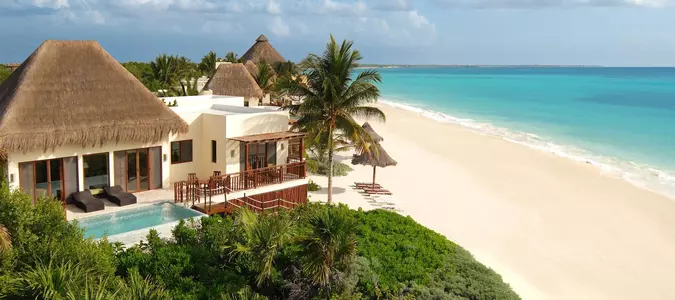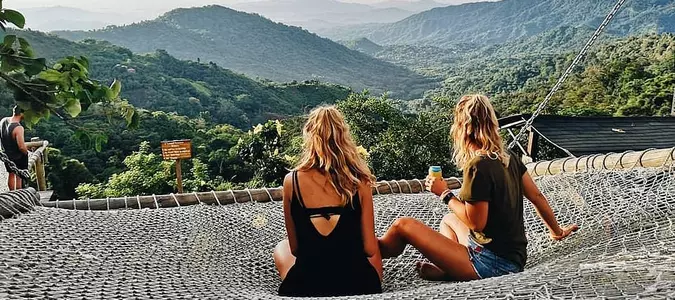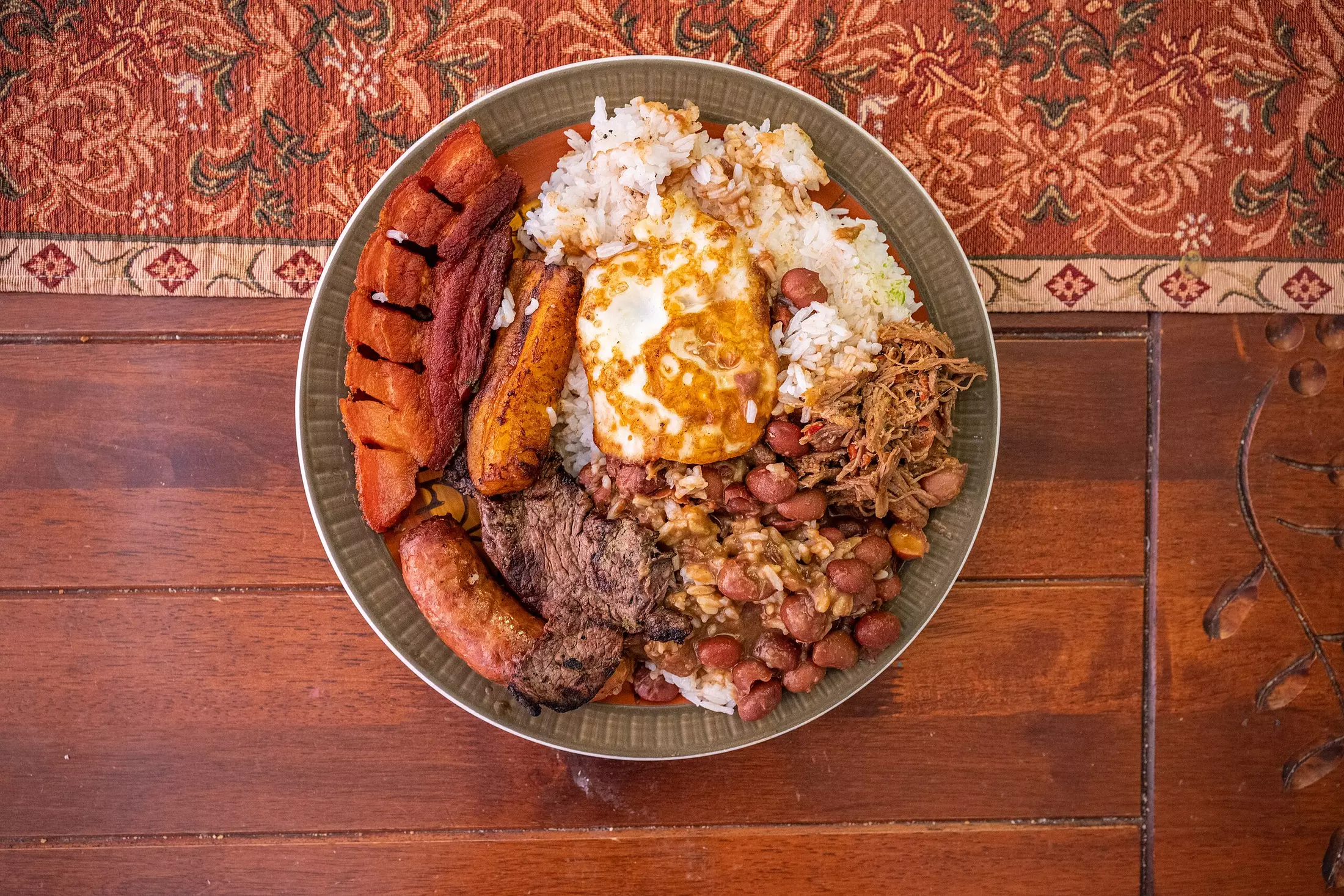

10 Food Focused Cities to Visit in Latin America
For true foodies, a trip within different Latin American locales can be a flavorful journey through centuries of culture and passion. The cities in this gallery are home to the best street food vendors, family-run kitchens and world-class chefs that reinvent culinary traditions.
Swipe ahead to uncover the 10 Latin American cities every devoted foodie should visit at least once.

Cusco, Peru
Once the seat of the Inca Empire, Cusco is a place where you can experience ancient Andean ingredients. Dining here includes hearty quinoa soups, tender alpaca steaks and street vendors selling piping-hot empanadas. As you acclimate to the thin air, sip coca tea and let Cusco’s rich culinary heritage fuel your next adventure into the Sacred Valley.
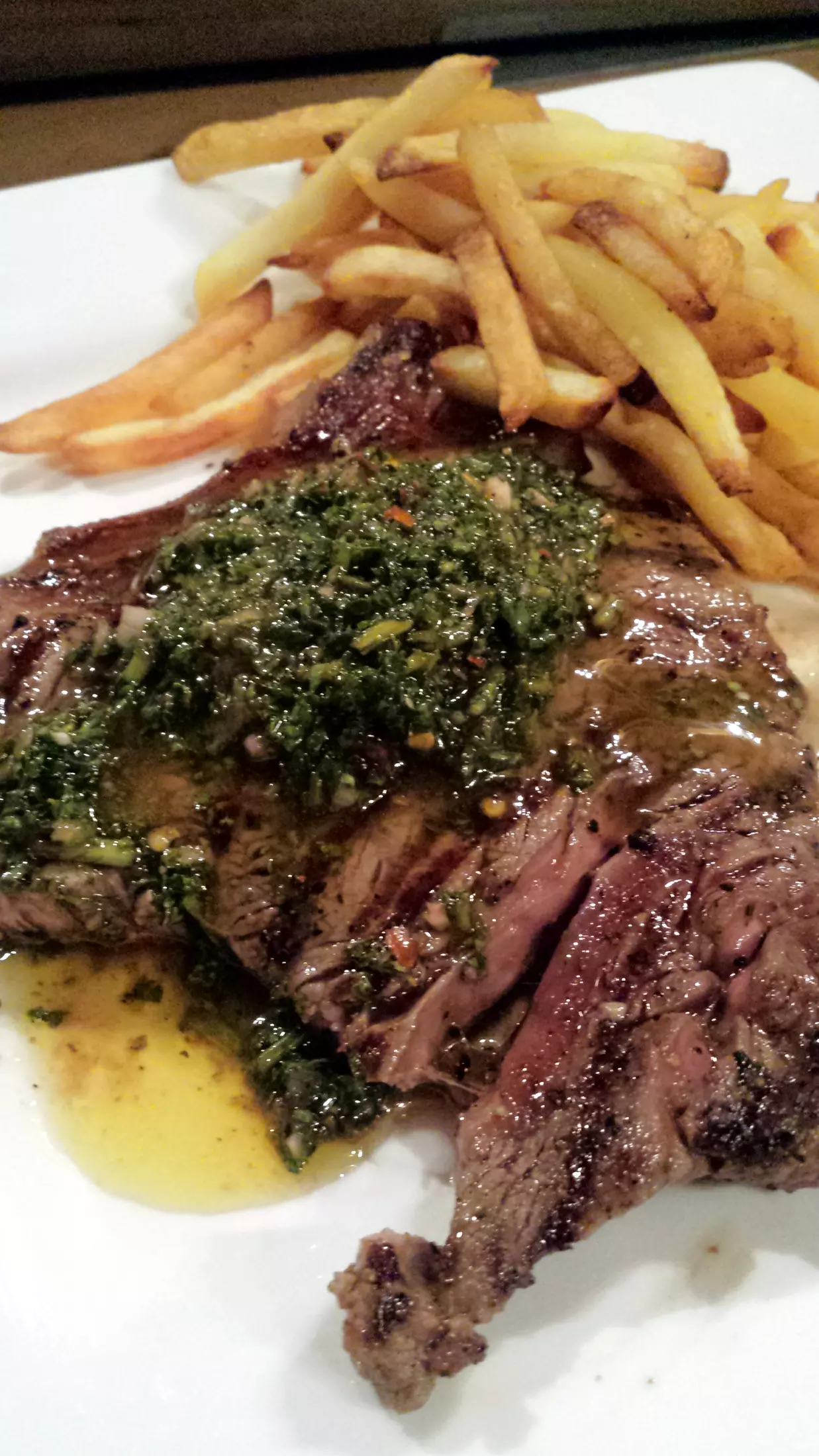
Buenos Aires, Argentina
Buenos Aires is a city that speaks through its food. The thick-cut steaks and chorizo are grilled to perfection and served alongside chimichurri. Beyond the meat, this city’s story includes Italian immigrants who brought pasta and gelato, bakeries filled with medialunas, and cafés where time seems to slows down. The culinary culture here is deeply social. Meals are meant to be shared, lingered over and remembered.
Photography: Wikimedia Commons/Dominic Lockyer
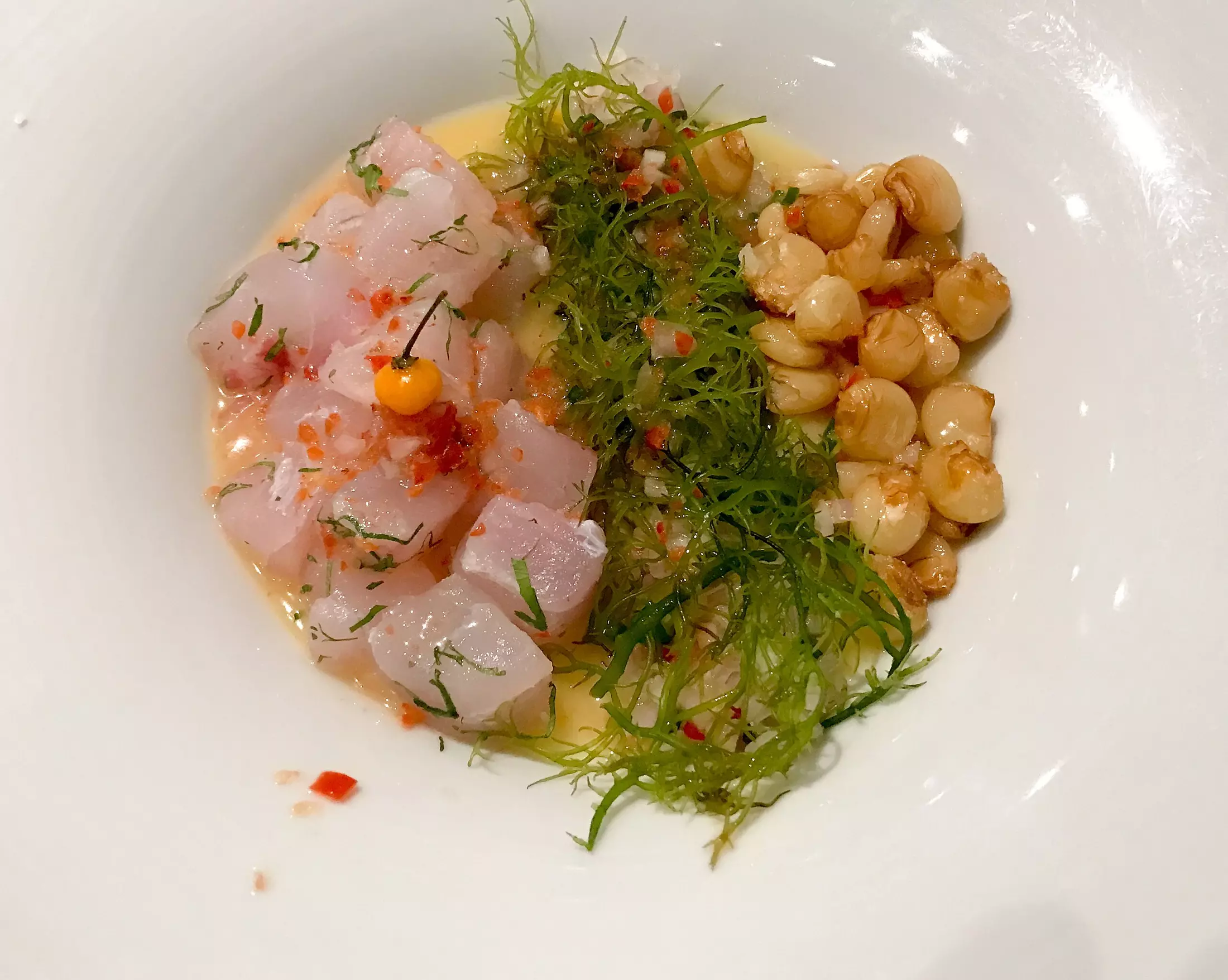
Lima, Peru
This coastal Peruvian city is culinary hotbed where centuries-old traditions co-exist with contemporary ideas. Lima’s signature ceviche bursts with citrusy zest, while Nikkei restaurants weave Japanese technique into Peruvian staple. Lima is home to restaurants like Central (#1 on the 2023 World’s 50 Best Restaurants list) and large mix of cultural influences from ancient civilizations like the Incas, places further away such as west Africa.
Photography: Wikimedia Commons/Arturo Pardavila III
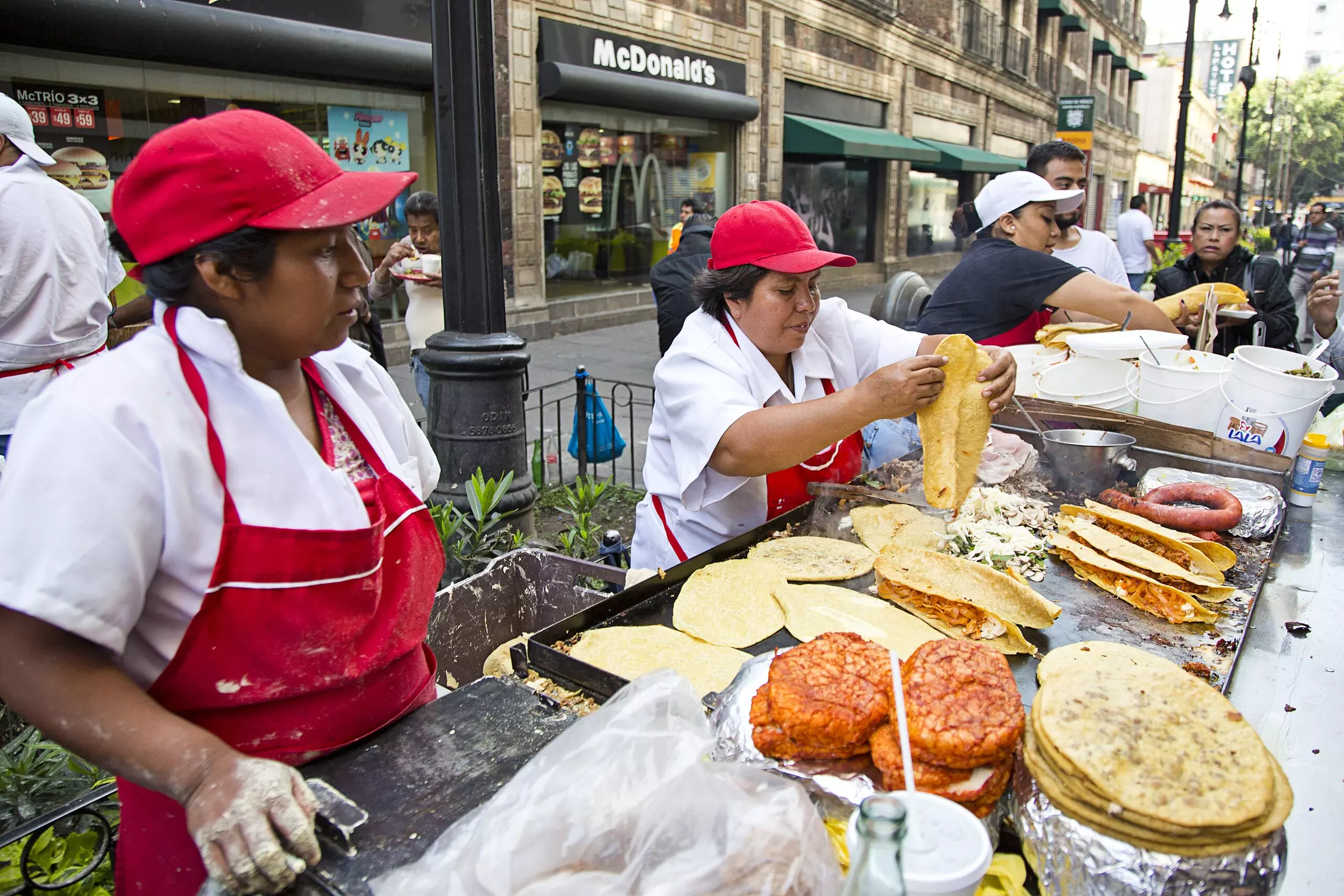
Mexico City, Mexico
One bite of a street taco and you’ll understand folks line up for them day and night. Beyond tacos, the cuisine of Mexico’s capital city features a rich mix of indigenous ingredients and contemporary influences. Wander through Mercado de Coyoacán or Mercado de San Juan to get a taste of everything Mexico City has to offer.
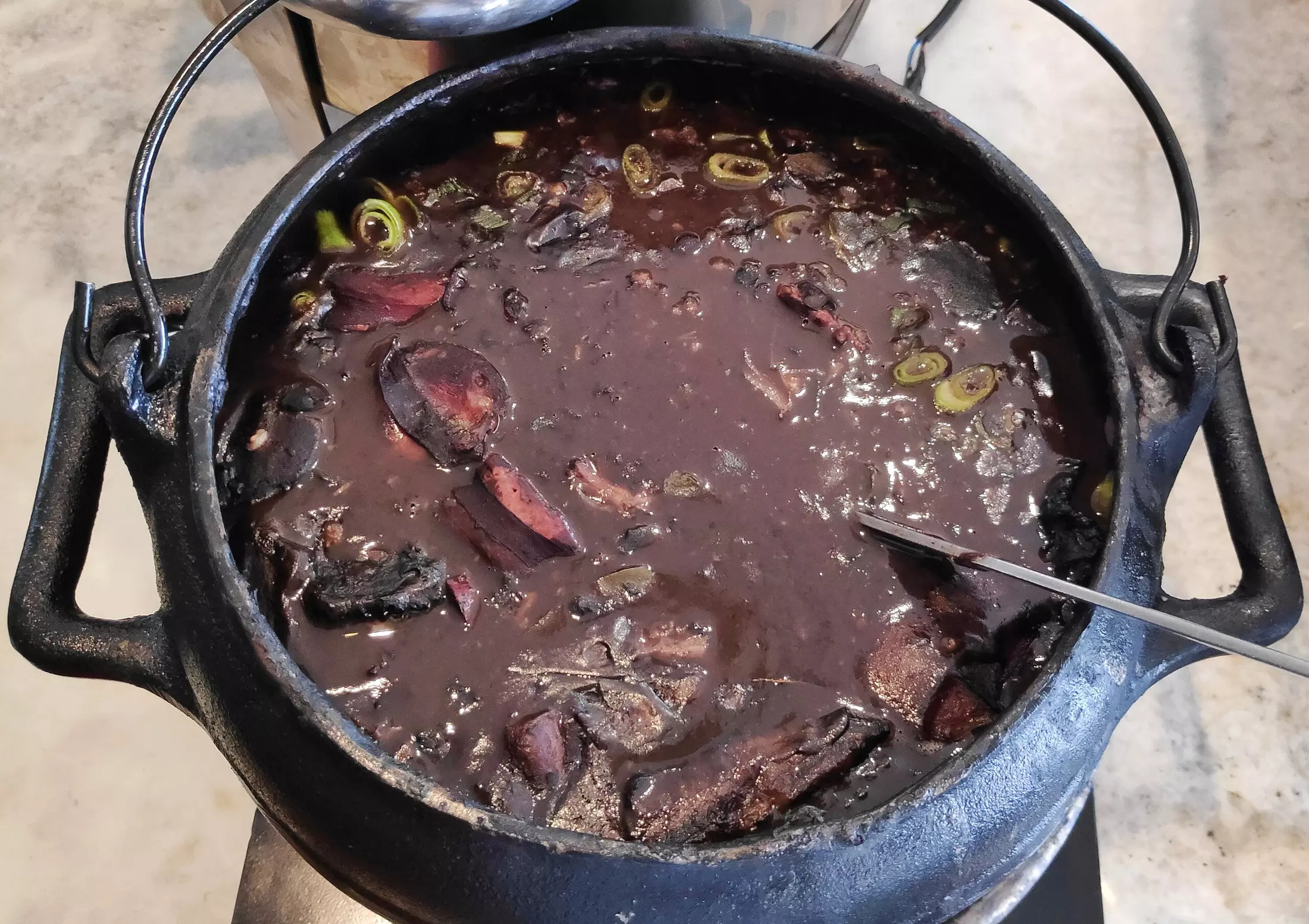
São Paulo, Brazil
A city as immense as its appetite, São Paulo is a treasure trove of flavors brought in by waves of immigrants. Savor the Brazilian classic feijoada at a bustling boteco, devour fresh pastel at street fairs or indulge in sushi that rivals Tokyo’s finest. You may have heard of the colossal mortadella sandwich at Mercado Municipal. Eating one of these is practically a rite of passage.
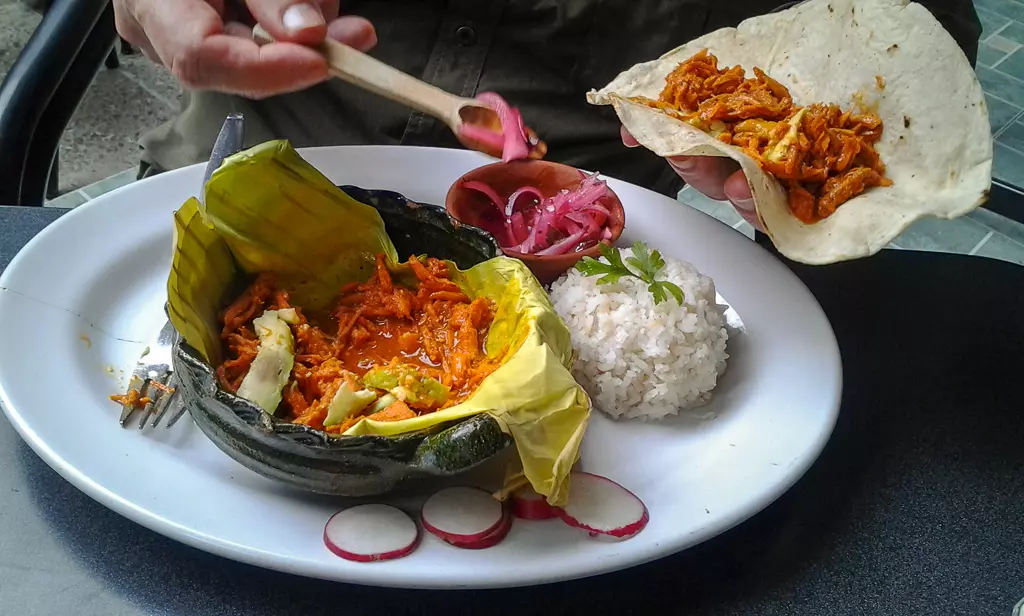
Oaxaca, Mexico
This rustic city is the birthplace of complex moles, rich chocolate drinks and smoky mezcal straight from agave fields. Oaxaca’s magic lies in its earthy, ancestral flavors that have been perfected over generations. Try out tlayudas, memelas and the warmth of Oaxacan hospitality, you’ll definitely find yourself enchanted.
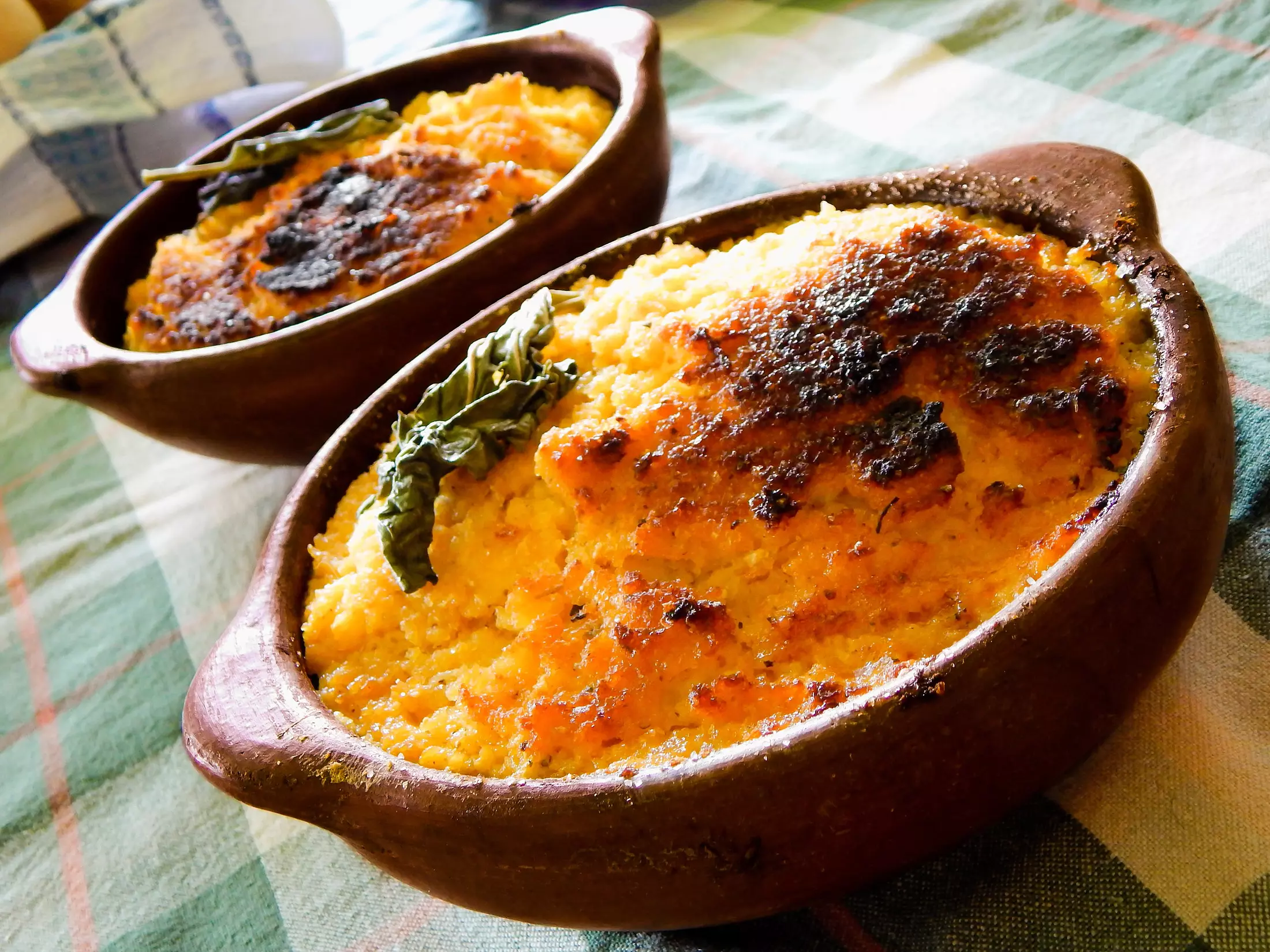
Santiago, Chile
In Santiago, the flavors are as diverse as its dramatic landscapes. Start with a plate of pastel de choclo, savor fresh seafood at Mercado Central, then let the city’s top chefs surprise you with modern twists on Chilean staples. Top things off with crisp Sauvignon Blancs and full-bodied Carménères grown just outside the city — they go perfect with everything from seafood to slow-cooked meats.
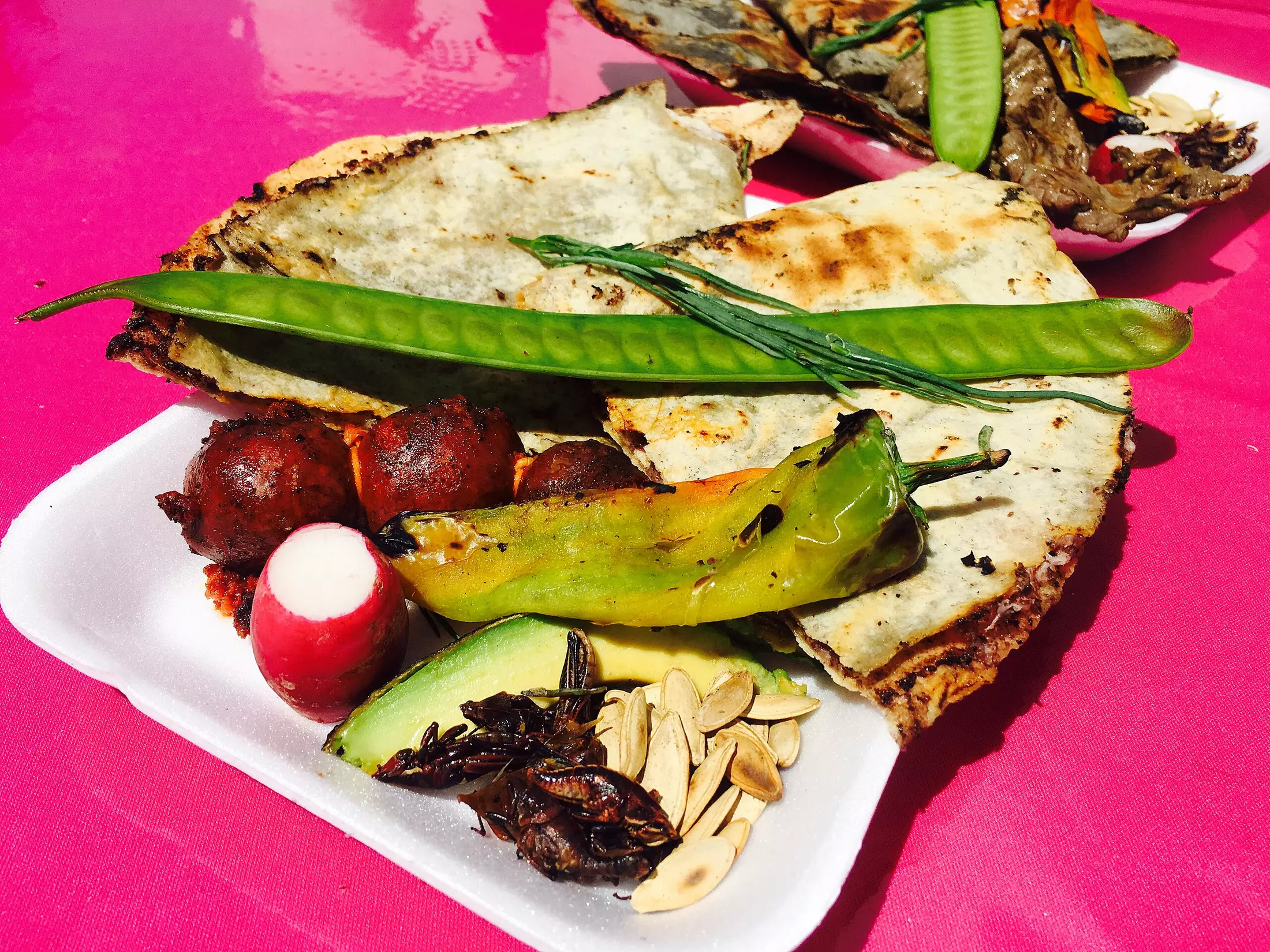
Mérida, Mexico
Mérida is a sun-drenched city alive with Mayan flavors and old-school charm. Here, succulent cochinita pibil slow-cooked in banana leaves and tangy lime-marinated panuchos are local staples you’ll crave long after leaving. After a day of wandering pastel streets, grab a marquesita (a crispy crepe) from a street vendor for a sweet nightcap.

Medellín, Colombia
Medellín charms visitors with sunny plazas, friendly locals and food that warms the heart. Feast on a hearty bandeja paisa piled high with chorizo, beans and fried plantain, or discover a new wave of chefs reinventing paisa classics. Between bites, stroll flower-filled neighborhoods and sip fresh fruit juices at a local café.
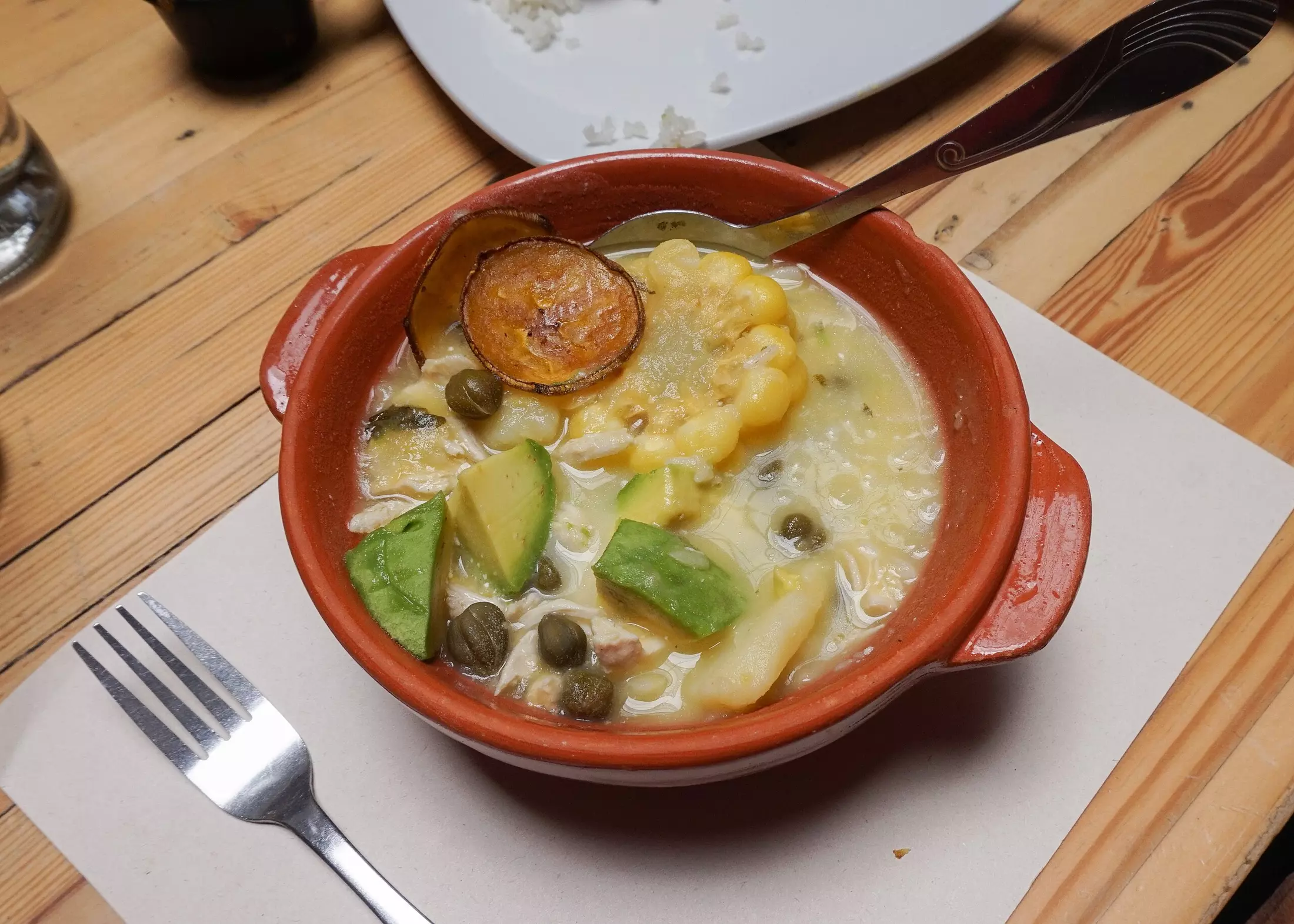
Bogotá, Colombia
Perched atop the Andes, Bogotá’s crop of bold, creative chefs add a modern flair to comforting traditional dishes. A steaming bowl of ajiaco, laden with tender chicken and Andean potatoes, will chase away the mountain chill. Later in the evening, hop between coffee shops and rooftop bars and discover the ways in which Bogotá has become culinary destination in its own right.
Photography: Wikimedia Commons/Bernard Gagnon





